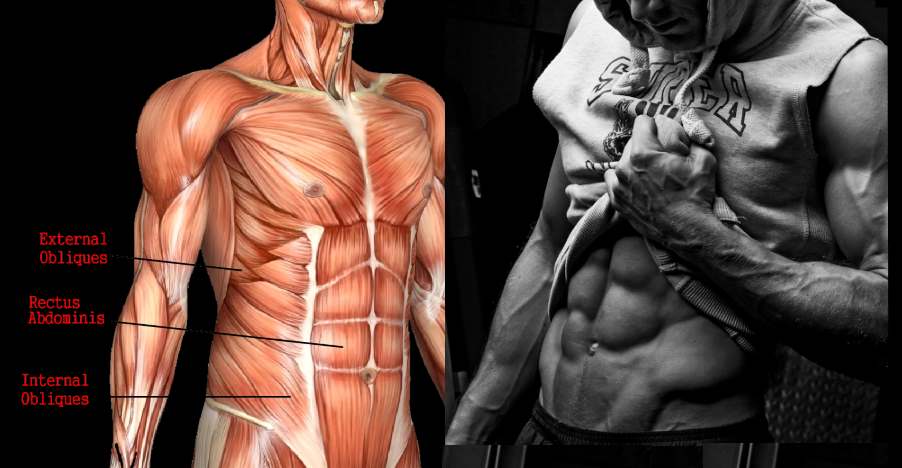As you’ve already noticed, the task of losing weight requires a bit more than wishful thinking, switching to diet Coke and popping some „miraculous“ fat-burning pills once in a while. A lot more, actually.
Defining the right amount and the right type of consumed calories is the first pillar of a toned body and choosing the most efficient type of exercise for your weight loss goals comes right after it. But when it comes to exercising, many people fail to see the expected results no matter how hard they try, which leaves them drained and disappointed or even ready to give up. And this is most true for the committed long-distance runners. Their efforts can seem pretty pointless after they end up losing an insignificant amount of weight and gaining new health risks, including an increased risk of a heart attack, which could be the very thing they were running from.
New studies show that years of long-distance running can actually lead to the opposite of its advertised effects, especially when it comes to cardiovascular health. Besides that, it simply won’t help you lose weight, period.
But if you’re really into running and would rather stick to it – why not implement interval training into your running sessions?
High intensity interval training (HIIT) is a program of alternating periods of short intense anaerobic exercise (which means pushing your body toward its limits) with short periods of rest, which can be easily applied to any type of workout. When it comes to running, it means alternating 10-30 minutes of sprinting with 5-10 minutes of rest or slow running. This kind of running sessions will improve muscle strength, enhance the coordination between the nervous system and muscles, strengthen your cardiovascular system, improve blood sugar control and significantly increase fat burning – all of it in much less time than the traditional way!
HIIT is so amazing for weight loss because it taps into your body’s fat-burning potential, increases it and then keeps the body longer in that “fat-burning mode“. Multiple studies have shown that shorter, high-intensity cardio sessions result in greater fat loss than longer, low-intensity sessions. The first ones increase the resting metabolic rate (up to 24 hours after exercising), improve the insulin sensitivity in the muscles and create spikes in growth hormone and catecholamine levels, both of which are important for fat loss. Therefore, you’ll continue to actively burn calories long after the workout. Just remember that the key is to optimize the intensity – if you run, your sprints should be superfast and done with maximum effort.
No matter if you’re trying to successfully lose weight, improve your overall health or simply shape up, HIIT might be the thing you’re looking for. It will dramatically improve your performance (including an improved VO2 max), melt the excess body fat and help protect your heart’s health, so it’s definitely worth a try!

